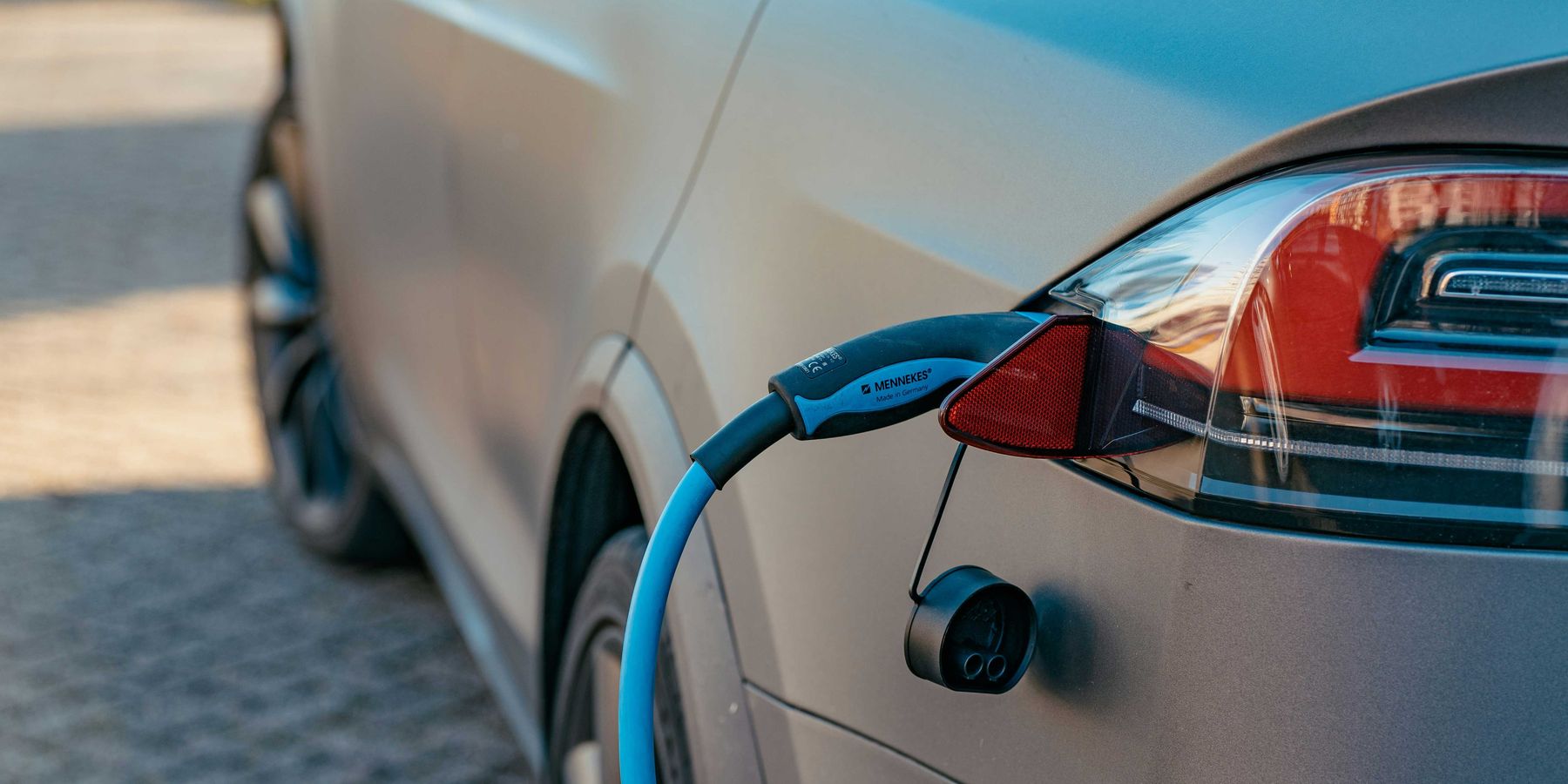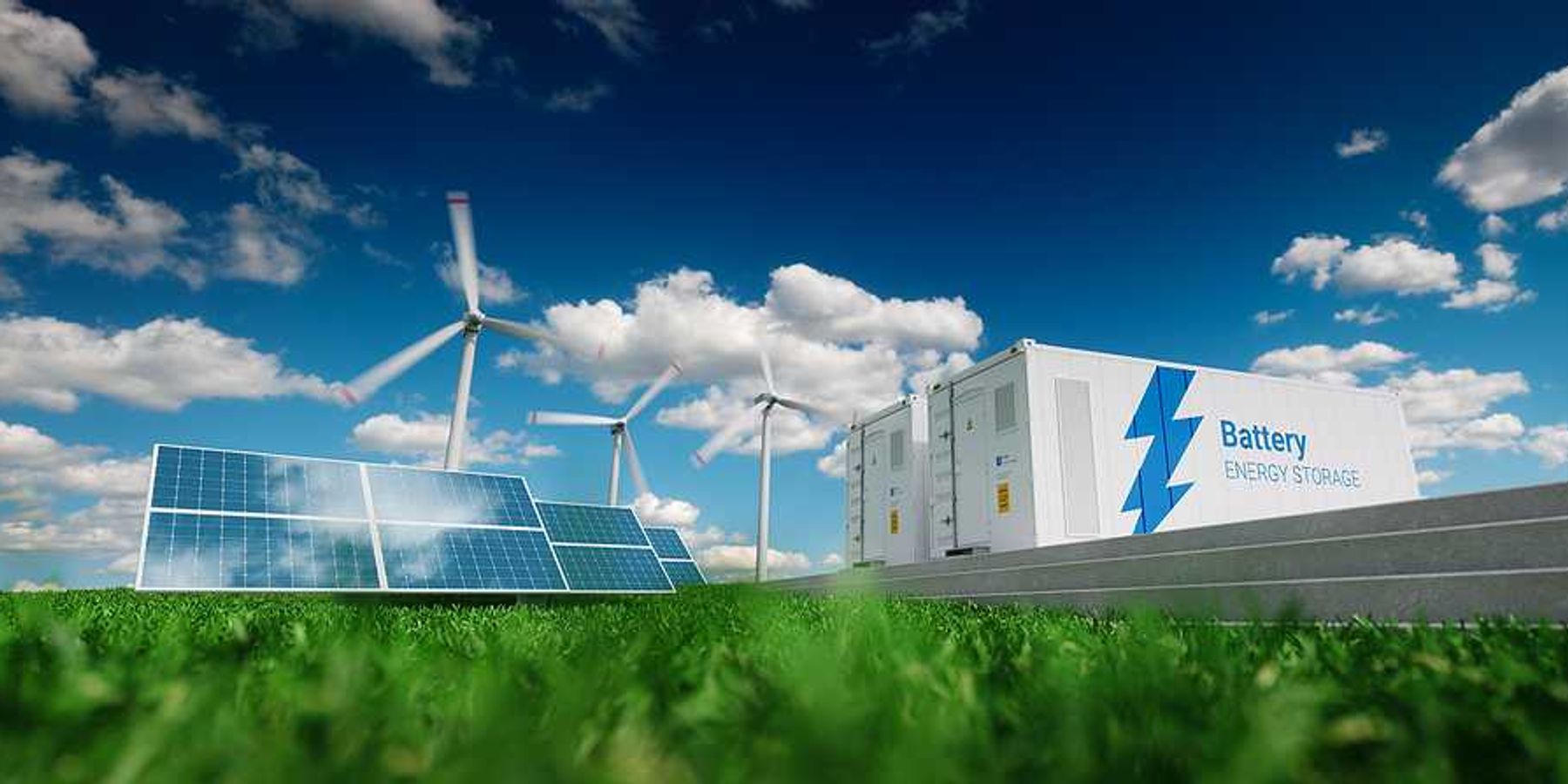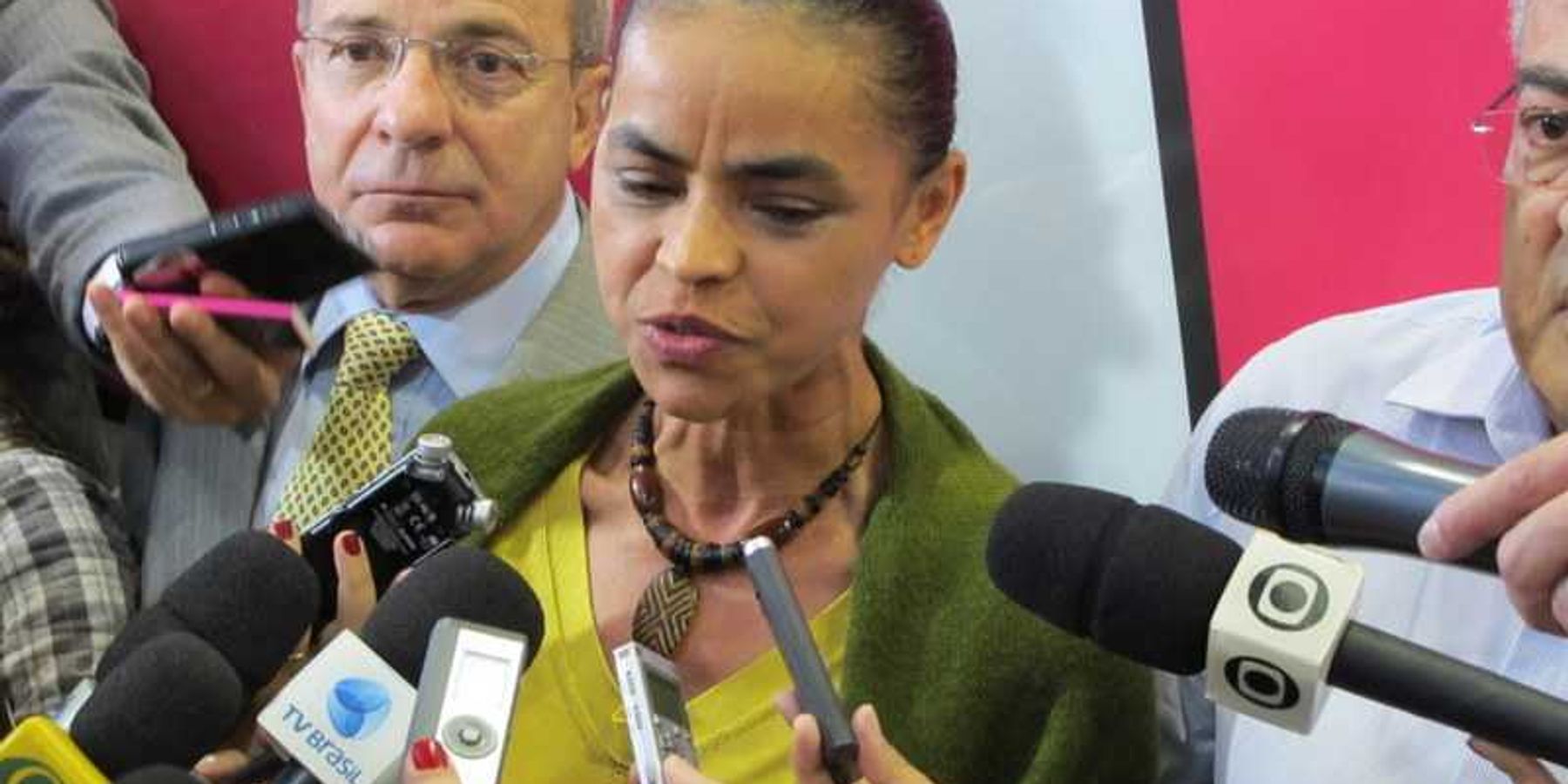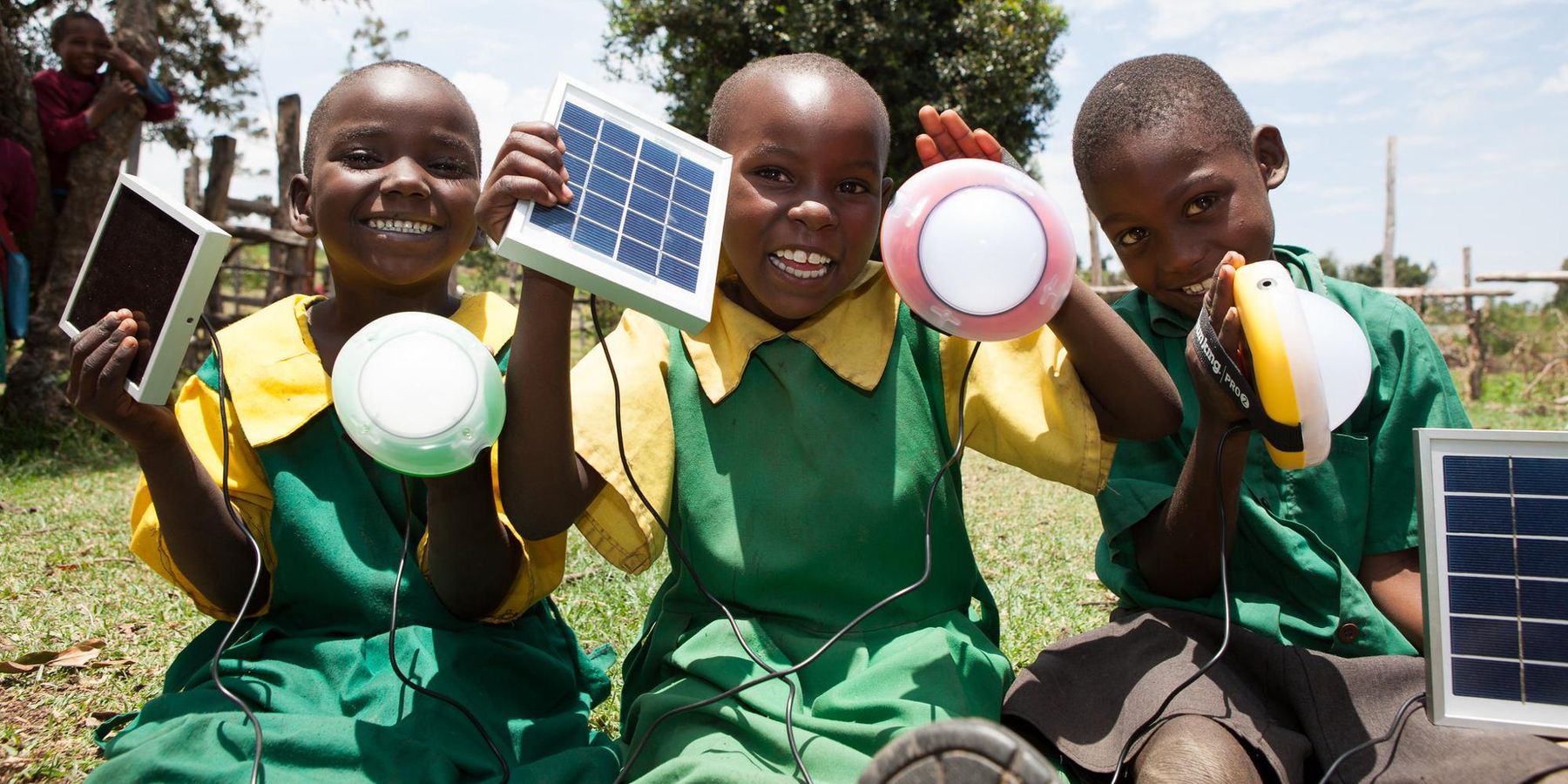
Want more clean energy? Focus on people, not technology
Energy decisions can be deeply personal. We need to listen to households and communities before we prescribe their energy transition.
To prevent pipes from freezing, set the thermostat in your house no lower than 55°F, an article tells me.
I set the temperature to 55°F, and scratch the last item on my to-do list, finally ready to leave for the holidays. As I am about to step out, I turn around and raise the temperature to 60°F— I had almost forgotten about James! Named after James Baldwin, he is my favorite houseplant. Native to West Africa, he is at the mercy of my energy use decisions as he tries to survive New York City winters.
This scenario, though admittedly silly, points to a key problem that researchers in climate, energy, and health grapple with: decisions around household energy use are complex and malleable. Understanding energy-related decision-making is an aspirational yet challenging goal because such a broad range of factors are at play. Such decisions depend on money, accessibility, and preferences; they are affected by availability, climate, and infrastructure; they are molded by habits, culture, history, and relationships with loved ones. Unfortunately, most home energy transition programs are designed around one-size-fits-all approaches that at best consider only a handful of these factors.
This essay is part of "Agents of Change" — see the full series
If we are to leverage the household energy sector's potential to mitigate climate change and protect health, we need to acknowledge that adoption of new technologies and behavior change depend on a full understanding of the end users' needs, beyond simple thermostat settings. Too often, however, society simplifies and labels people prematurely, to the detriment of truly comprehensive and effective solutions. It often seems as though the standard approach to problem-solving is not to embrace complexity but to reduce it by creating categories.
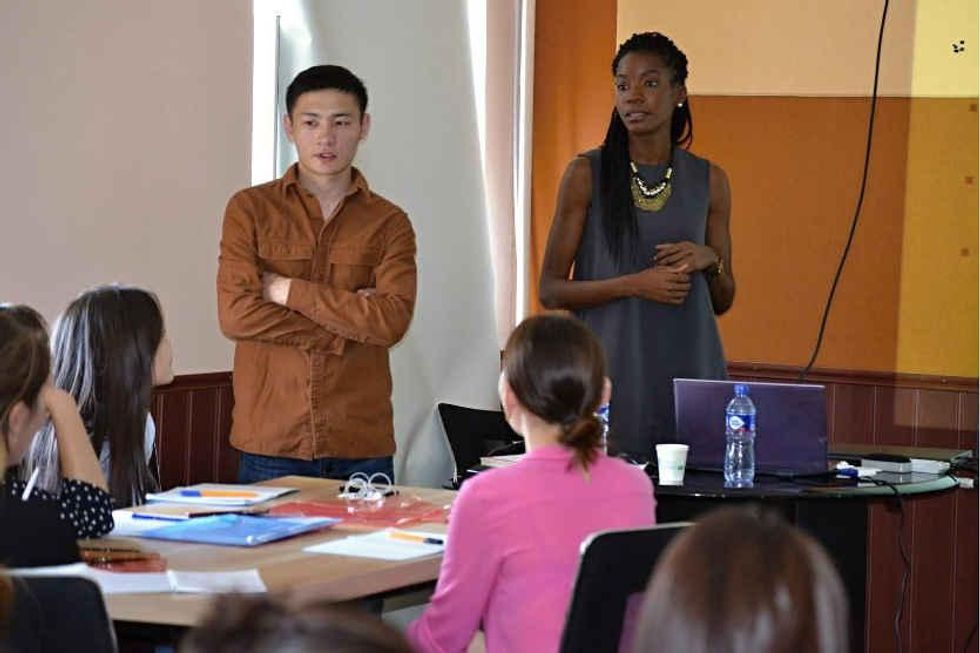
Author Misbath Daouda (right) and Jaagi lead a workshop on air pollution awareness with community health workers in Ulaanbaatar, Mongolia. (Credit: Sabrina Netrvalova)
I learned this firsthand through my struggle to define my identity after immigrating to the U.S. Born in Senegal to a Beninese father and a French-Togolese-Malian mother, I have consistently re-adjusted the way I define my identity depending on the people, culture, and legacies surrounding me. Throughout middle and high school in Senegal, my Beninese identity took center stage, explaining away my subpar ability to speak Wolof. Later, having moved to France, I carried my French passport around to prove my legitimacy in a nation that refused to accept its past. Today, I have the same feeling of perpetually needing to fragment who I am as I attempt to position myself within American society. For example, I tell people that I am a French native speaker when asked about my accent, but while this label offers an answer to the immediate question, it does not fully reflect my heritage.
As an energy and health scientist, I strive to ensure that my research and advocacy does not replicate the restrictive nature of such labels. I use the term "desirable" to describe household energy transitions that meet the needs of the communities I work with, protect their health, and reduce harm to the environment. I anchor my work around such transitions in the belief that "desirable" means one thing for a given community and something completely different to another community.
The only way to find out the context-dependent meaning of "desirable" is to refrain from presenting target communities with preconceived solutions arising from a fragmented understanding of their circumstances. If we fail to do so, we risk blinding ourselves to crucial societal, cultural, and individual dynamics that might dictate whether or not households adopt clean energy options.
Dangerous stoves in the US and abroad
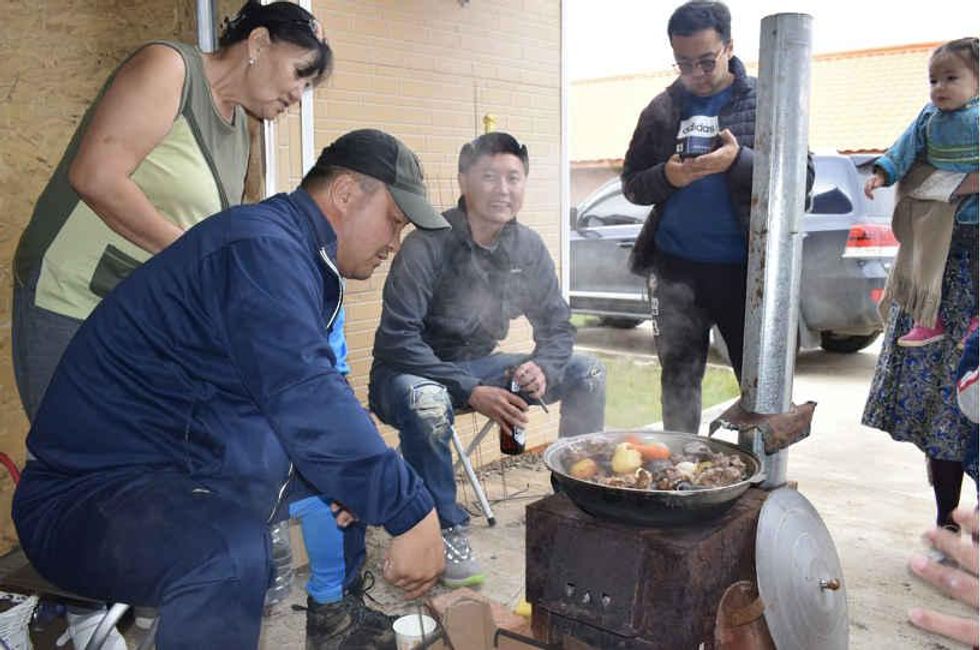
Locals cook a meal over a coal stove in Mongolia. (Credit: Misbath Daouda)
Around the world, nearly three billion people rely on solid fuels (primarily wood, dung, crop residues, and charcoal) to meet cooking and heating needs. The combustion of these solid fuels in inefficient, unvented stoves leads to high levels of household air pollution, which is estimated to account for three million premature deaths per year, largely from pneumonia in children.
As I landed in Ulaanbaatar, Mongolia, for the first time in 2018, the pilot announced what was a typical winter temperature there: - 25°C (- 13°F). When temperatures drop to their lowest and air pollution levels rise to their highest, Ulaanbaatar becomes the most polluted capital in the world. The pollution, made of tiny airborne particles called PM2.5, is partly caused by smoke from coal-burning stoves used to heat yurts—traditional Mongolian homes—during the bitterly cold winter months. These particles are so small that when inhaled, they can get deep into the lungs, even enter the bloodstream, and ultimately cause serious health problems. That winter in Ulaanbaatar, the levels of PM2.5 reached more than 130 times the World Health Organization's recommended limit.
This essay is also available in Spanish
While in Ulaanbaatar, I conducted air pollution awareness workshops with community health workers. Based on their knowledge of the communities, we developed a set of recommendations that parents could use to minimize their kids' exposure to air pollution. While the recommendations were well received, community members voiced their hope that future energy transition initiatives truly took into account their lived experiences. Indeed, alternative stoves that had previously been distributed required frequent refilling with fuel, which meant that families had to wake up in the middle of the night to do so. Instead, they resold them for much needed additional income. A year later, the government responded to these communities' needs: fuel alternatives that burn longer and emit far less fumes are made accessible at 1,000 kiosks across the city.
While most people who rely on solid fuels live in low- and middle-income countries, household energy decisions can also be detrimental to climate, health, and environmental justice goals here in the United States. Researchers estimate particulate pollution from burning wood in U.S. homes may lead to 10,000 to 40,000 premature deaths every year.
It's not just solid fuels: because indoor air quality is not regulated in the U.S., emissions levels from gas stoves can be very high. Children living in homes with gas stoves have a 42 percent increased risk of asthma. Asthma is also profoundly inequitable: Black children are affected at twice the rate of White children.
Some states and cities are taking notice and are taking steps to reduce these disparities at scale. For example, here in New York City, the Housing Authority has recently committed to electrifying all of its buildings, which house nearly 400,000 low-income residents. Listening to the residents, who are experts regarding their lived experiences, will be crucial to determine which issues electrification should address. As pilot studies have shown, community voices often refocus the conversation on people instead of infrastructure or technology.Women’s empowerment
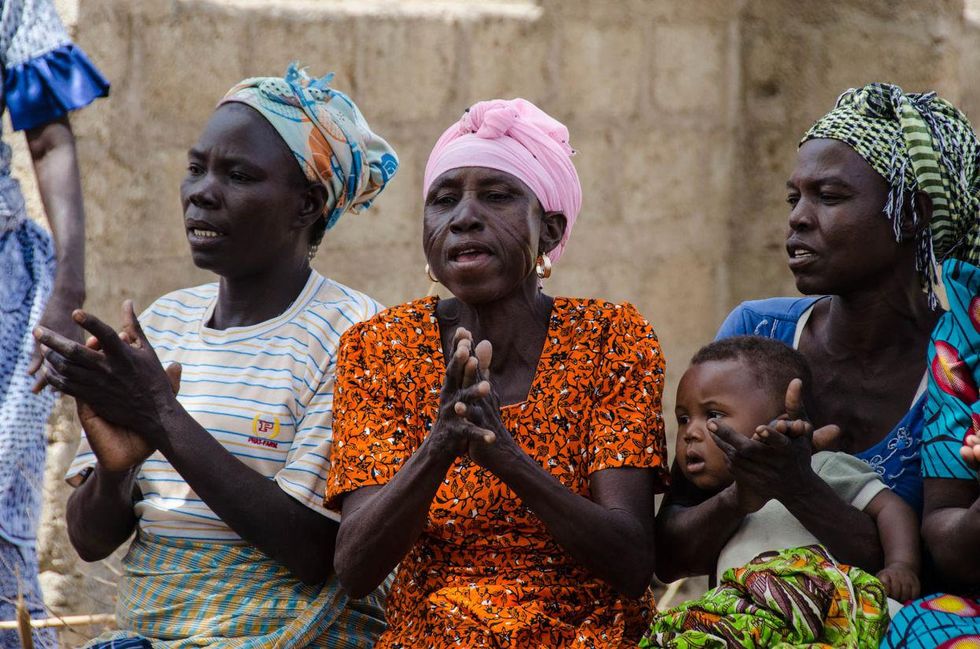
Traditionally, in places like rural Ghana, women and girls are responsible for cooking, which increases their exposure to household air pollution. (Credit: scottgunn/flickr)
Yes, commitment from energy policymakers is necessary to drive successful household energy transitions. But so is understanding the day-to-day energy-related decisions that are made within homes.
In my current work in Ghana, I am evaluating the role of women's bargaining power in shaping energy use. Traditionally, in settings similar to rural Ghana, women and girls are responsible for cooking, which increases their exposure to household air pollution. Women are also the primary gatherers of fuel when it is not readily available. They face safety risks associated with fuel collection and significant constraints on their available time for education, rest, and jobs. At the same time, these women often have limited financial and decision-making power.
Based on this understanding of their situations, I am convinced that women's empowerment is a key determinant of the success of clean cooking interventions. I believe that if women could better negotiate with their spouses and advocate for their preferences and health, the uptake of clean cooking technologies would be greater. But what do these women believe? What are their attitudes and values related to their household energy use? What do they aspire to for themselves and their daughters? These are just a few of the questions I am asking them to understand their point of view. I will then incorporate their perceptions and expectations into the design of future household energy interventions.
The interpersonal nature of energy use
Ultimately, energy decisions are about relationships. They are shaped by strong emotional bonds around care, intimacy, love and friendship: cooking a child's favorite recipe, keeping elderly relatives warm, and reminding a teenager not to leave the lights on are all seemingly mundane activities that shape energy demand.
If we simply categorize energy end-users with pre-made labels, we miss out on disentangling the drivers of why they consume energy the way they do. Just as if we simply categorize people as Black or White, rich or poor, rural or urban, we miss out on the beauty and nuance in what shapes us as individuals. As my struggle to define my identity has taught me: just because a particular feature is salient does not mean it supersedes others.
As public health practitioners interested in the health benefits of clean energy transitions, we need to widen our scope of inquiry and consider the many features of a household or community. We need to not only survey households but also truly listen to them. Dedicating substantial time to learning about a community's way of life is a necessary step to understanding the historical and cultural context that influences clean energy adoption. Relationships of consensus, collaboration, and companionship that all have energy implications should not be overlooked in the design of clean energy interventions.
As for James, my beloved plant? I returned from my trip to find him happy and thriving at 60°F. While 55°F may have been warm enough for him, I don't think such recommendations take into account the well-being of West African house plants.

Misbath Daouda is a Climate and Health PhD candidate in Environmental Health Sciences at the Columbia Mailman School of Public Health. You can reach her at md3851@cumc.columbia.edu or on Twitter @misbath_d.
This essay is part of "Agents of Change," an ongoing series featuring the stories, analyses and perspectives of next generation environmental health leaders who come from historically under-represented backgrounds in science and academia. Essays in the series reflect the views of the authors and not that of EHN.org or The George Washington University.
Banner photo: School children from Kembu primary school in Kenya holding solar lights. (Credit: SolarAid Photos/flickr)




